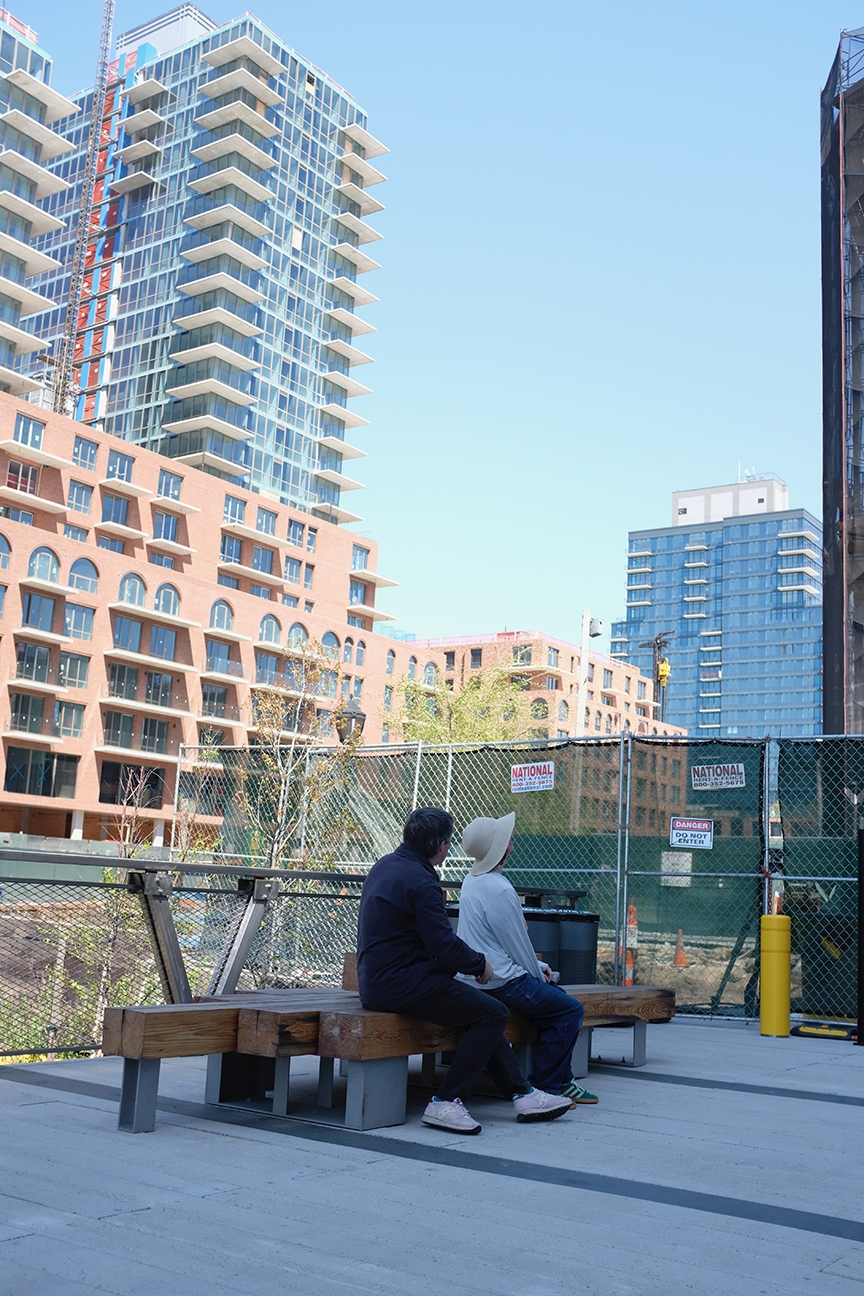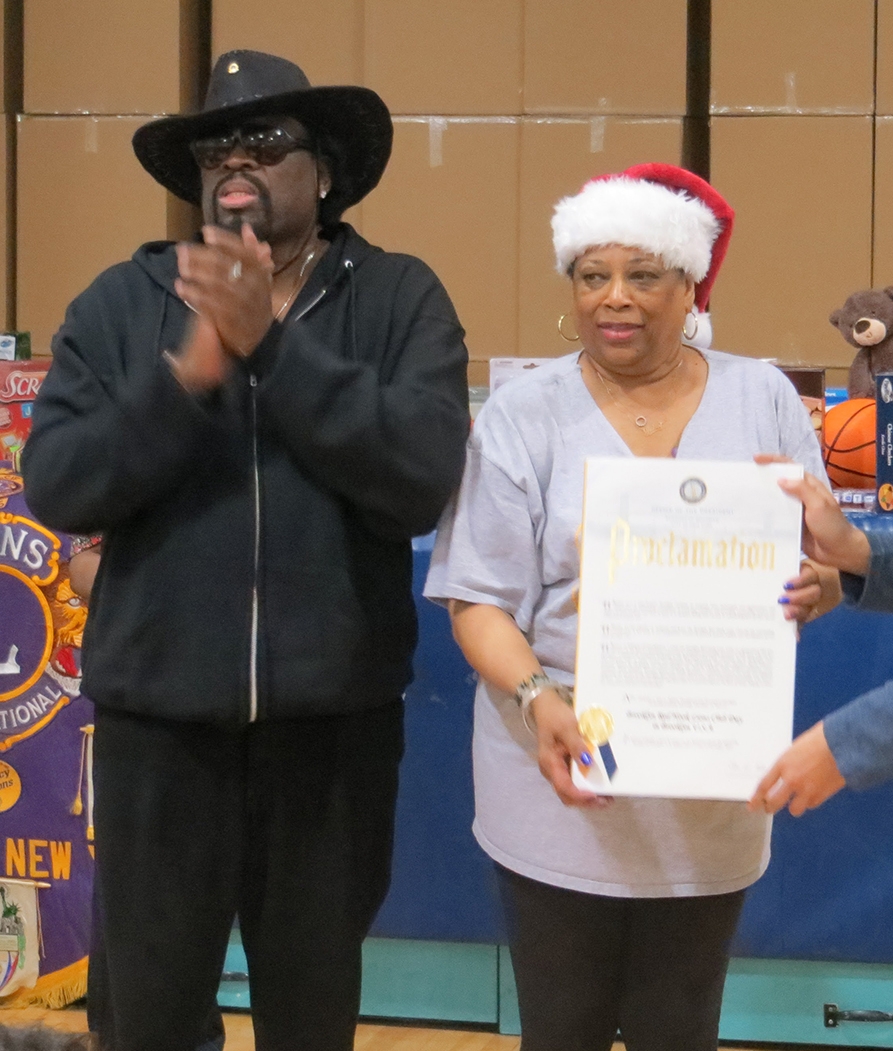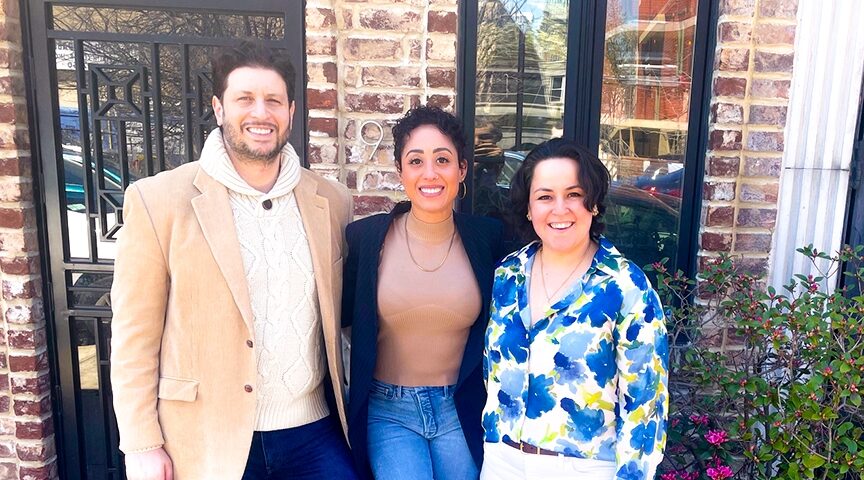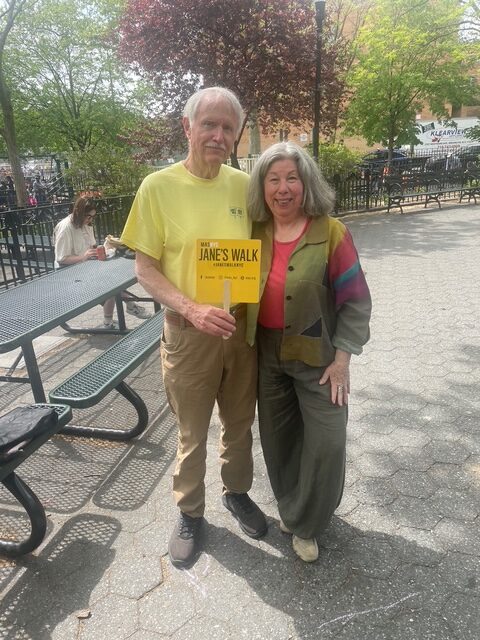I am anxious to see whether we move forward with the creation of affordable housing in each of the proposed large-scale developments abutting our low-rise brownstone neighborhoods. The residents of Brooklyn Heights and Cobble Hill have registered their disapproval as expected.

The test of the depth of progressive commitment to create vibrant diverse neighborhoods, instead of havens for the privileged, is at hand. Our final grades have yet to be calculated, but we are off to a rough start, not only locally but also throughout the City.
The Department City Planning has proposed two amendments that will provide a framework for mandating affordable units in any rezoning and also the accommodation of additional senior housing throughout the City. Too many of our community boards have rejected the proposed zoning text changes. A rejection by the City Council would undermine our ability to create new affordable housing.
Resistence to development
Our local board, Brooklyn Community Board 6, stands out as one of the few to support these proposals. However, there remains resistance in the community at large to all new development.
To me our choices, as we approach these deadlines, aren’t just a political exercise. How we move forward will color my view of proposals to increase the density at NYCHA projects.
Given the shortage of funds for capital improvements at our public housing sites, the prior mayoral administration proposed the sale or lease of open space at NYCHA projects for private development. With refinements, the current administration has adopted this approach. Wyckoff Gardens, in our area, is one of the sites that will get added units (50% to be permanently affordable) in order to raise funds for greatly needed improvements.
I know that NYCHA residents have even less desire for large-scale development and the loss of open space than do their neighbors in Cobble Hill. I also know that they have less political clout. They already live with the strains inherent in living with greater density.
I know that they don’t want assets sold off to upgrade housing anymore than those who oppose the Brooklyn Heights library sale to pay for library upgrades. They too feel that money for libraries should come from general revenues and from New York State and federal program grants. I will not dismiss their concerns, since their complaints have greater substance then those of my brownstone neighbors.
I would welcome a successful effort by those who oppose change in brownstone Brooklyn and those who demagogue in East New York to come up with the massive infusion of federal and State funds necessary to follow the different path that we locals would prefer.
Perhaps we could divert all the investment of time and money being devoted to fighting developments into finding those resources that would allow future changes to be made without the necessity of public/private partnerships.
Pathway to disaster
Yes, I listen to the dissenting voices. I hear one group saying that we should have a moratorium on building any large-scale projects. A second group says that the subsidies that we can afford don’t result in low enough rents. I know that in the current economic and political environment that the first course of action is disastrous and the second demand is just impossible to meet. Yet our “leaders” fall in line at our insistence.
To be sure Public/Private partnerships are only a second best option to adequate general revenue funding, but they are the only immediately available and viable options for providing such things as new school locations, library upgrades, capital improvements in NYCHA and more affordability in housing.
The still trendy “organic” approach to development is now resulting in the conversion of three and four family houses into single-family homes, reducing the numbers of available units in our neighborhoods, as well as causing extraordinary rent increases here and in nearby neighborhoods. These changes exacerbate the crisis in housing availability and result in massively overcrowded unsafe and illegal housing units in less coveted neighborhoods further from the city center.
Gentrification is marching in lock step with urbanization. Development will continue because it is necessary. We all need and deserve to have a home. When we can afford to live close enough to our employment to avoid inordinate commutes, we have time to participate in our children’s education, become involved in our communities and create the safe stable neighborhoods that we desire. Surely, this is preferable to the city that we are careening towards absent a coherent housing policy.
While the new affordable housing program is no panacea, and new construction might even temporarily accelerate the pace of displacement of tenants lacking rent protections, it is the best that we can do. Let’s live up to our expressed values and not waste the opportunity to make a better city for our neighbors and so for ourselves, as well.
Discover more from Red Hook Star-Revue
Subscribe to get the latest posts sent to your email.












3 Comments
The claim here that the current proposed zoning plan is the only viable option for good community planning isn’t presented with much analytical support. The statements here that evaluate the conditions and social change that is instigating what the writer claims as a need for amending zoning law, is based on general inferences and personal observations. The zoning proposal itself uses broad strokes of data to make some loos claims for the need of such restructured zoning–but there is no real economic or social-science analysis that justifies the claims. For example, the 1950 Brooklyn census data shows that Brooklyn housed about a quarter million more people that were counted in the 2010 Brooklyn census; yet in 1950 housing was far more “affordable” for working class individuals that it is today. Clearly there are many factors at play today, driving what this author sees as a need to build more and build more. Finance investments are having major influence on what is going on, where development returns in Brooklyn are expected to out do even the better preforming companies in the stock market. There are a whole range of factors causing the issues the author is concerned about, and very, very few of them are addressed by this zoning amendment.
Lets see some real analysis and not continue attacking everyone for having a different take on how we get to having a better community for our neighbors and ourselves.
“Organic” development – a new label hinting that it’s too expensive a solution?
Here’s a Williamsburg Developer “non-organic” solution built in 2012 (murder intrigue and 20 family building condemned in November for sub-standard structural issues: http://gothamist.com/2015/11/30/menachem_stark_evactuation.php
Imagine that happening to a 40+ story building….in a flood zone….in Brooklyn instead of Manhattan…
Real state development belongs in the hands of the community not the politicians/developers! Bring local voting to local issues!
The seventh paragraph should have read as follows: They too feel that money for upgrades for their apartments should come from general revenues and from New York State and federal program grants. I will not dismiss their concerns, since their complaints have greater substance then those of my brownstone neighbors.
I thank anyone who bothers to comment and I take comments seriously and try to give some further explanation.
Rose is correct that things have been different in the past and could and should be different in the future and that the text amendments don’t deal with many issues that confront us. However, we have pressing immediate problems and unfortunately our options are circumscribed by political realities that i wish were otherwise.
She is also correct that my short column is not annotated and footnoted, it is after all a meager opinion piece and not an academic study, although I have read some. I was just a child in the 1950’s, but I would not romanticize that era with its overcrowded coal heated tenements. I recall vividly that my mom lighting the stove (and cursing the landlord) in the morning to supply enough heat to get us dressed to go to school. My family was not among the poor.
With regard to Anne’s comment: I was stating, not just hinting, that if things are left to play out without government intervention displacement of the poor and working class will continue at a rapid rate until urbanization runs its course. There are indeed horror stories and bad landlords and enforcement is yet another necessary means of maintaining affordable housing but that wasn’t my column and in any event it also isn’t enough.